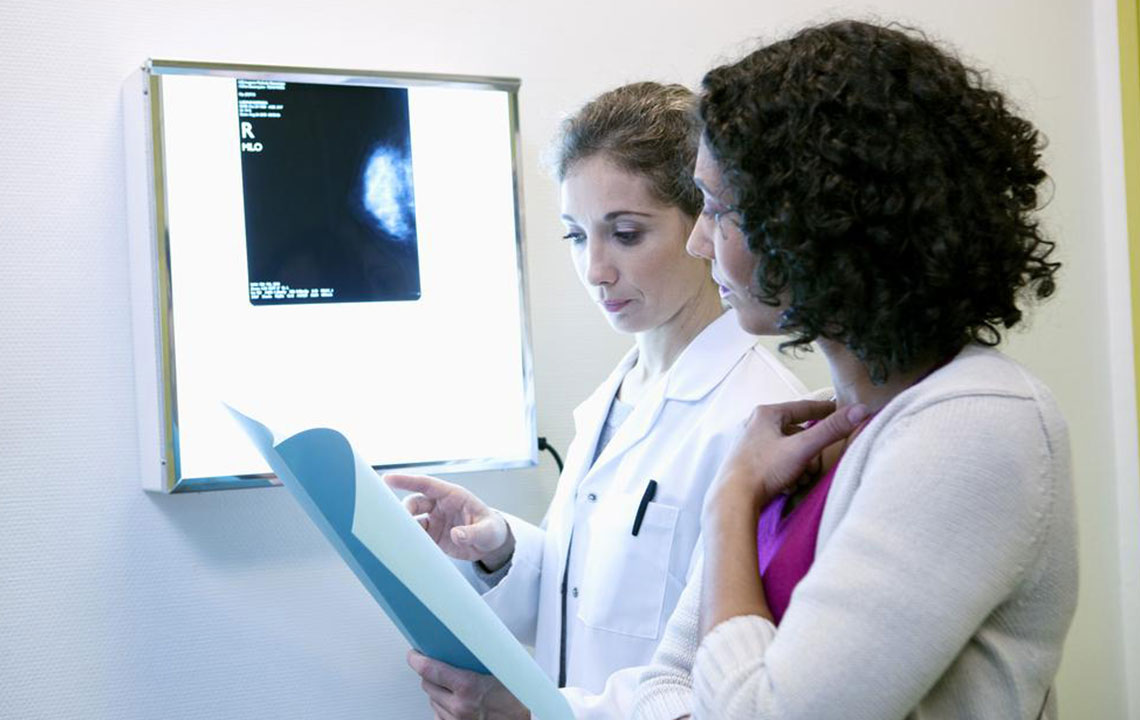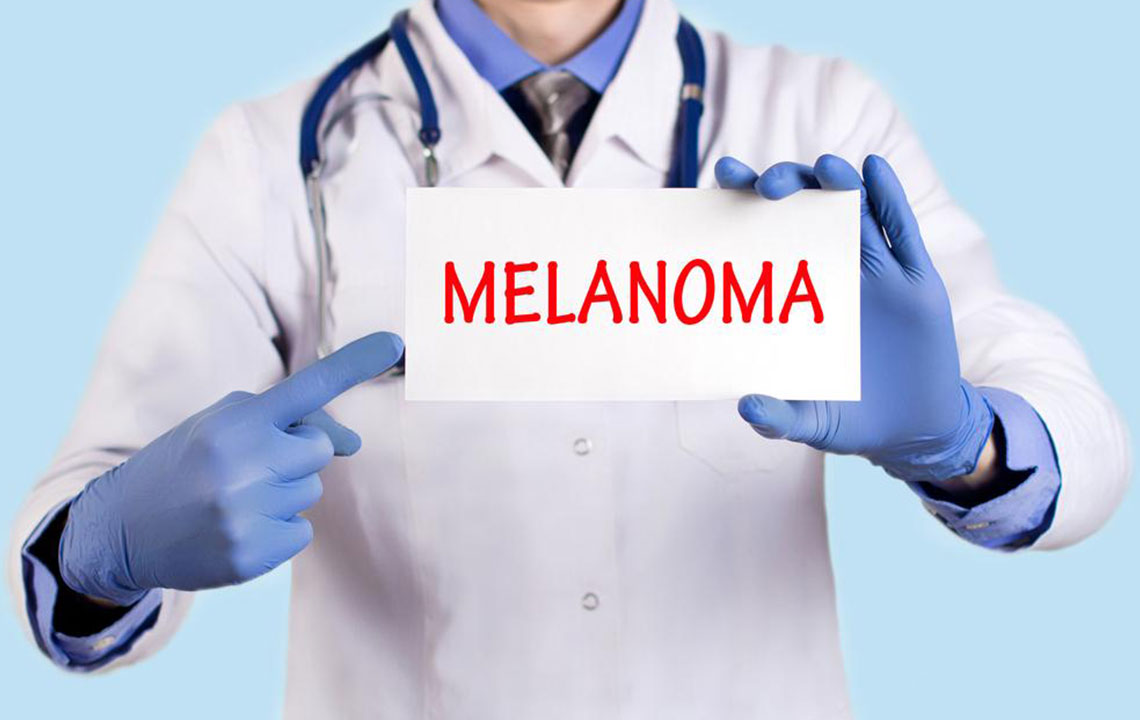Comprehensive Guide to HER2-Positive Breast Cancer
HER2-positive breast cancer is characterized by excess HER2 protein, leading to aggressive tumor growth. Early diagnosis through specialized testing like IHC and FISH, combined with targeted treatment options such as surgery, chemotherapy, and hormone therapy, can improve patient outcomes. Recognizing symptoms early and seeking timely medical help is crucial for effective management and prevention of recurrence.

Understanding HER2-Positive Breast Cancer
HER2-positive breast cancer involves an overexpression of the human epidermal growth factor receptor 2, a protein that regulates cell growth and repair. When the HER2 gene malfunctions, excessive receptor production leads to rapid cell growth, forming tumors. Despite its aggressive nature, treatment options are available. Common signs include lumps, breast swelling, skin dimpling, nipple pain, and changes in shape. Recognizing early symptoms enables prompt diagnosis and management, improving outcomes.
Diagnosis involves several specific tests—IHC, FISH, SPOT-Light HER2 CISH, and Inform HER2 Dun ISH—to confirm HER2 overexpression or gene amplification. Treatment strategies encompass surgery, chemotherapy, targeted therapy, radiation, hormone therapy, clinical trials, and self-care practices. These approaches aim to shrink tumors, eradicate remaining cancer cells, and prevent relapse, ensuring personalized patient care.
Note: Early detection and tailored treatments are key to managing HER2-positive breast cancer effectively. Consulting healthcare professionals for appropriate testing and personalized therapies is vital for optimal outcomes.










